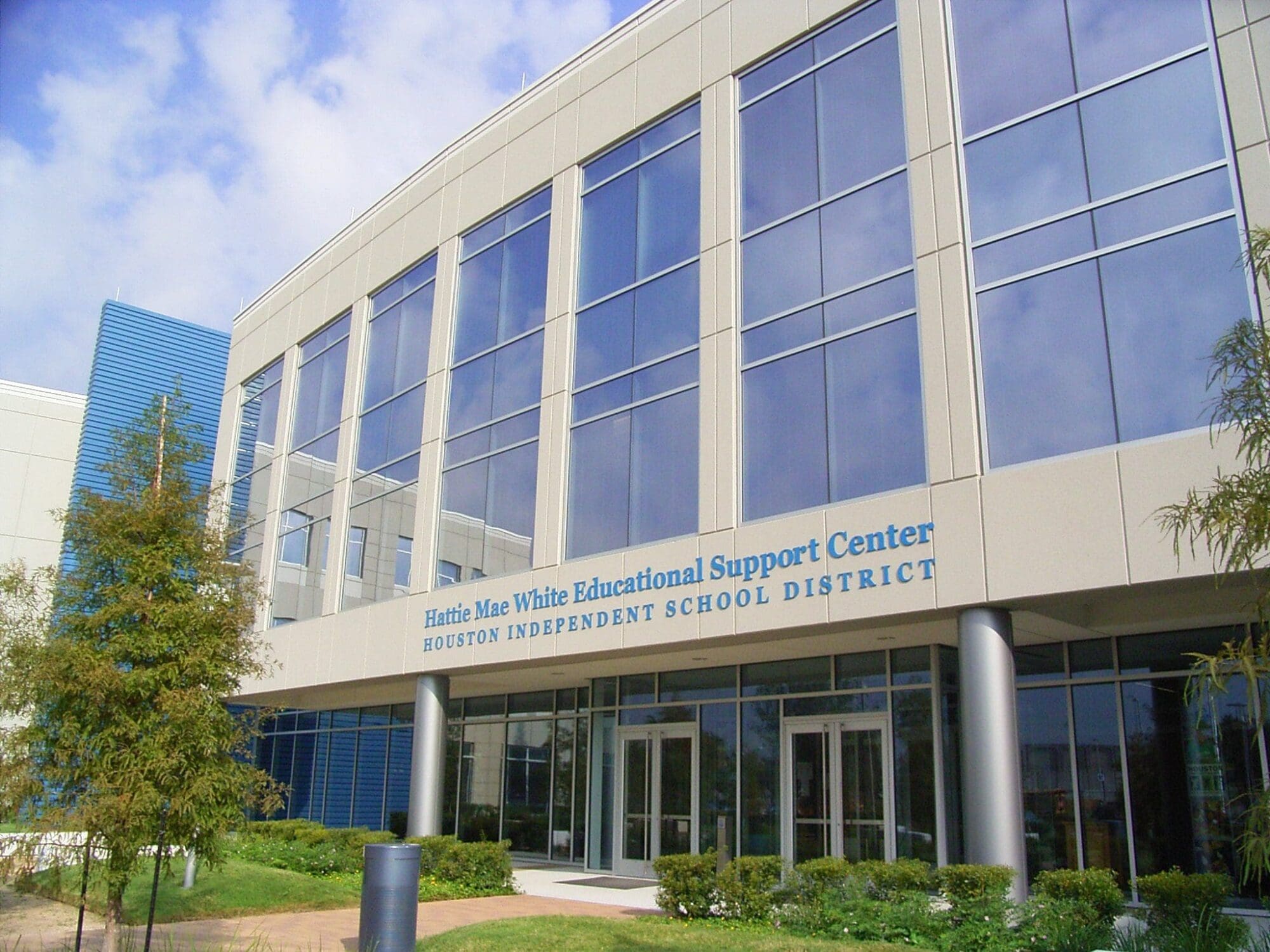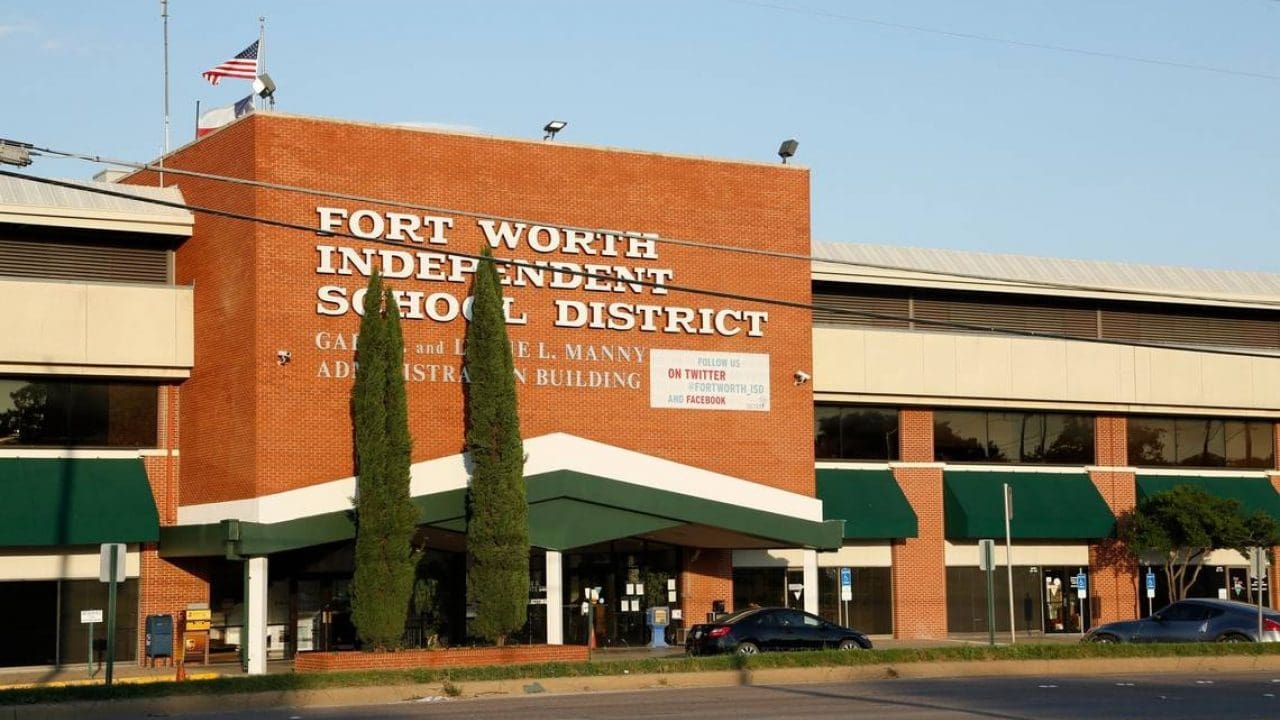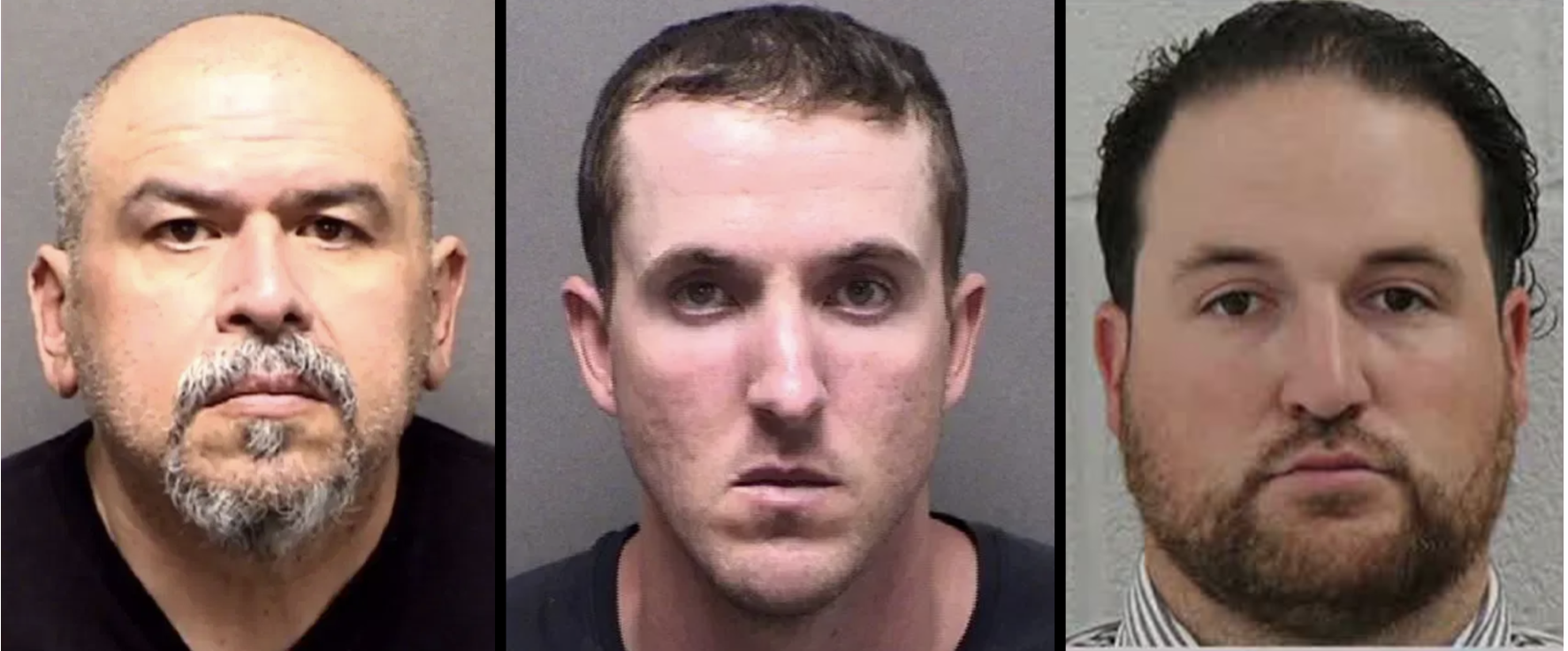Houston Independent School District recently released a report outlining what the district officials consider to be the “most important systemic challenges” they are addressing as they attempt to reform the district following the state takeover.
The issues outlined in the report stem from years of limited accountability, leadership, culture, choice, and circumstances. The report brings clarity to the impact a lack of oversight has had on the district and how the current administration plans to fix it.
The first planned change is to align school and district actions plans with the budget. The report outlines that prior to the takeover, there was little effort to do this, leading to steady increases of staff and expenditures with little justification for the reason. This change comes after a May 2023 report showing that as district enrollment dropped by 27,000 students, the per student spending increased by 61 percent.
They also pointed to the $1.2 billion in COVID aid received over the past three years which “did not result in higher academic achievement, improved quality of instruction, or more efficient systems.”
In one instance, HISD used COVID aid to purchase 175 buses for $20 million. The district did not need 175 additional buses because it already had extra buses.
Another issue was the district’s over reliance on professional services. HISD spent $300 million, or 9 percent of its total expenditures, in one year on professional and contracted services.
For 2024-2025 they plan to cut $50 million in purchased services and streamline the process to determine when professional services are actually needed as opposed to when they have people on staff who can handle the issue like plumbers, HVAC, and others. The district also found 990 former employees who were still active in the employee system; they didn’t specify how many were still receiving a paycheck, but claimed it was “only a handful.”
Another area the district wants to address is the per-pupil cost for transportation.
Currently, HISD is spending $6,400 to transport one student in a school year—the national average was $1,197 in 2018-2019, the year of the most recently available data. They also noted the average number of riders per bus was 17 and if they doubled the number of riders, the district could save $25 million a year.
The current administration intends to address each of the areas listed in the report and then release more plans to address these issues in the district’s 2024-2025 District Action Plan.
No ads. No paywalls. No government grants. No corporate masters.
Just real news for real Texans.
Support Texas Scorecard to keep it that way!




